Phylum Chordata | Class Reptilia Clade †Eurypoda Species †K. ieversi Rank Genus | |
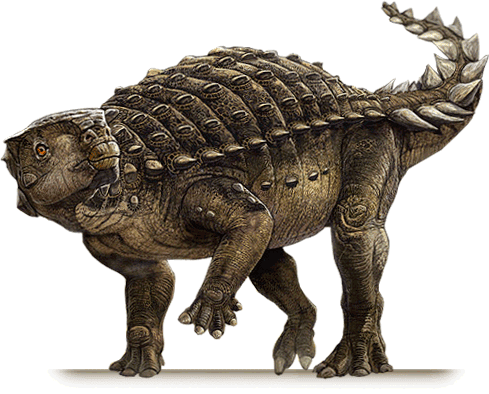 | ||
Similar Minmi, Rhabdodontidae, Hualianceratops, Ornithischia, Ankylosauria | ||
New dinosaur named kunbarrasaurus discovered
Kunbarrasaurus is a genus of small herbivorous ankylosaurian dinosaur from the Cretaceous of Australia.
Contents
- New dinosaur named kunbarrasaurus discovered
- Kunbarrasaurus formerly minmi sp australian ankylosaur skull brain endocast etc
- Description
- Osteoderms
- Discovery
- Phylogeny
- Paleobiology
- References
Kunbarrasaurus formerly minmi sp australian ankylosaur skull brain endocast etc
Description
Kunbarrasaurus was a small armoured dinosaur, that was quadrupedal and had a long tail.
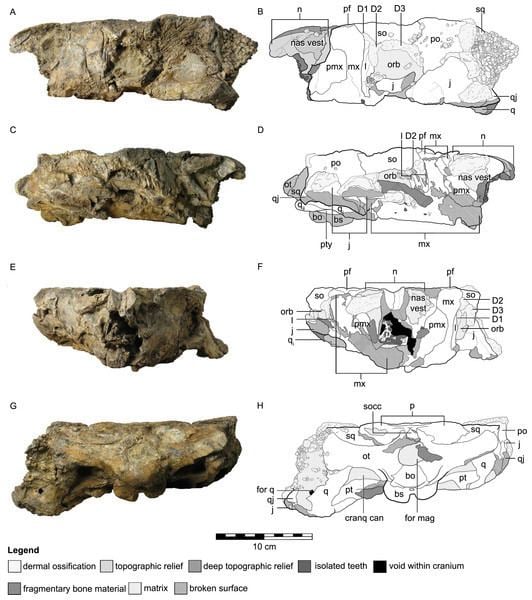
In 2015, some distinguishing traits of the skull of Kunbarrasaurus were established. The roof of the skull is almost perfectly flat, apart from a limited convex profile of the postorbital bone and the nasal bone. The edges of the skull top, formed by the prefrontal, supraorbital and postorbital bones, make a right angle with the skull sides. The supraorbital is made up of one bone instead of two or three. The prefrontal is only exposed on the skull roof and does not reach the eye socket. The nasal bone does not reach the snout side and is limited to the snout top and the large, more centrally placed, opening around the nostril. This opening, which is completely located in the nasal bone, is large compared to the maxillary part of the snout and fully accessible from above and the side. The maxilla vertically attains the full height of the skull, reaching to the prefrontal on the skull roof. The hindmost tooth is positioned under the rear edge of the eye socket. The lacrimal bone is directed vertically. The pterygoid bones do not touch each other with their rear ends at the braincase, totally separated by the basisphenoid. The quadrate is vertically oriented. The coronoid process of the lower jaw is strongly protruding. The side of the braincase largely consists of cartilage instead of bone, so that many brain nerves must have had their exits in a single large opening, rather than separate small ones. The inner ear is very large compared with the skull as a whole and differs from that of all other known Dinosauria in the ear vestibule not being separated from the brain cavity, the floor for the cochlea not being made of bone and the vestibule being so large that the semicircular canals are shortened. The skull osteoderms are flat or at most have a low keel. There are no squamosal or quadratojugal horns or bosses on the upper skull corners or the cheeks.
Osteoderms
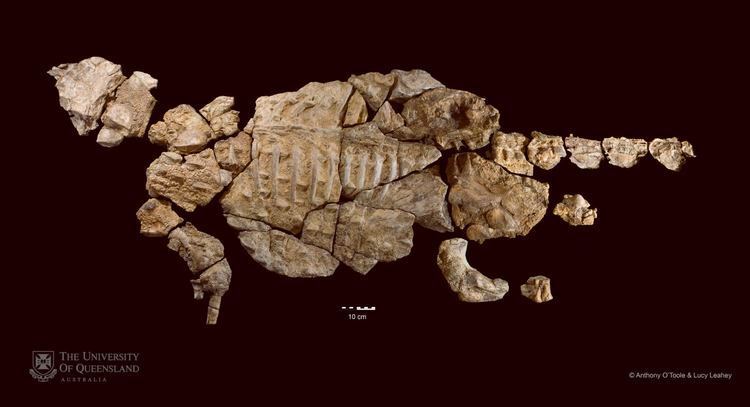
Kunbarrasaurus had bony protrusions, also known as body armour, in the skin on its head, back, abdomen, legs and along the tail. Several types of armour are known in place in Kunbarrasaurus, including small ossicles, small keeled scutes on the body ordered in parallel longitudinal rows, large scutes without keels on the snout, large keeled scutes on the neck, shoulders, and possibly tail, spike-like scutes on the hips, and a combination of ridged and keeled scutes and triangular plates on the tail. There was one preserved ring of scutes around the neck. A sacral shield is absent. The arrangement of armour is unclear on the tail, although the triangular plates may have run on the sides of the tail, with long scutes forming a row along the top of the tail.
Discovery
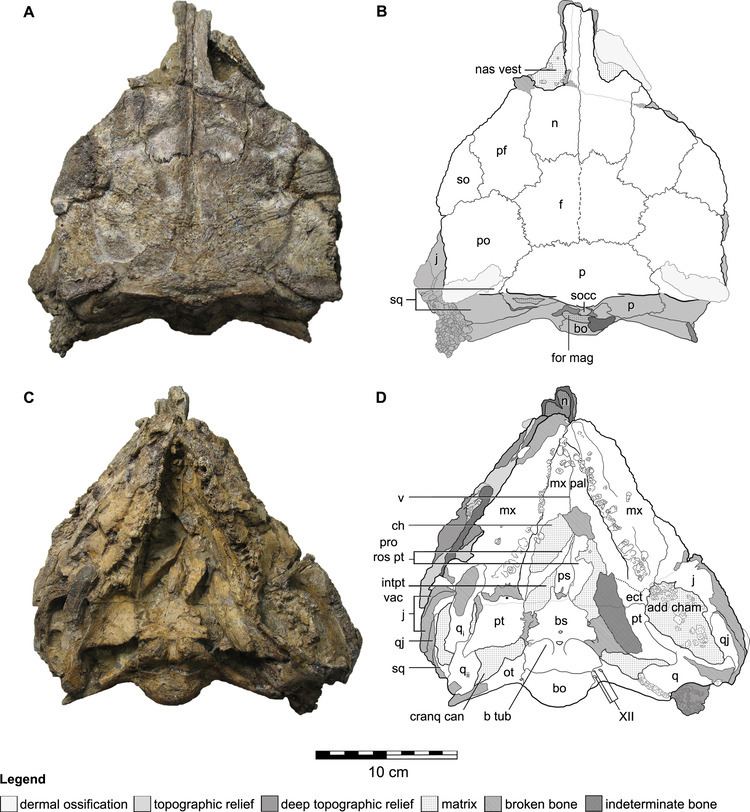
In November 1989, at Marathon Station near Richmond, Queensland, the skeleton was discovered of an ankylosaurian. In January 1990 it was secured by a team led by Ralph Molnar. In 1996, in a provisional description, Molnar concluded that it could be referred to the genus Minmi as a Minmi sp. Subsequently, the specimen was further prepared by an acid bath and investigated by a CAT scan. The new information led to the conclusion that the species could be named in a separate genus of ankylosaur.

In 2015, Lucy G. Leahey, Ralph E. Molnar, Kenneth Carpenter, Lawrence M. Witmer en Steven W. Salisbury named and described the type species Kunbarrasaurus ieversi. The genus name is derived from Kunbarra - the word for 'shield' in the Mayi language of the local Wunumara people. The specific name ieversi honours Mr Ian Ivers, the property manager who originally found the fossil. The description was limited to the skull. Kunbarrasaurus was one of eighteen dinosaur taxa from 2015 to be described in open access or free-to-read journals.
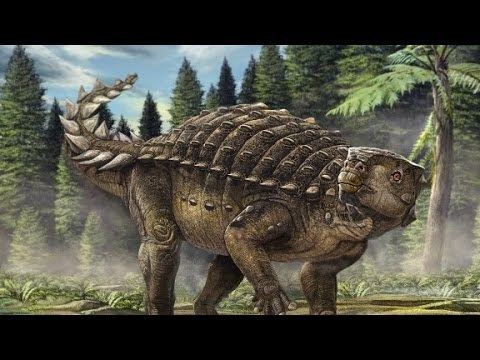
The holotype, QM F1801, was found in a layer of the Allaru Mudstone, marine sediments dating from the late Albian, or possibly the early Cenomanian. It consists of an almost complete skeleton with skull, containing the vertebral column up to the middle tail, the left shoulder girdle, the left arm minus the hand, the pelvis, both thighbones and most of the body armour. Both the bones and the armour are largely articulated. In the belly region remains have been found of the animal's last meal. The specimen represents the most complete dinosaur skeleton ever found in Eastern Gondwana (Australia, Antarctica, Madagascar and India) and the most complete ankylosaurian skeleton from the entirety of the Gondwanan continents.
Five specimens earlier referred to a Minmi sp. were not referred to Kunbarrasaurus by the 2015 description.
Phylogeny
Kunbarrasaurus was in 2015 placed in the Ankylosauria. The same year Victoria Megan Arbour e.a. had entered QM F1801 and the Minmi holotype as separate operational taxonomic units in their analysis. Whereas Minmi was recovered as a basal member of the Ankylosauridae, QM F1801 had a basal position in Ankylosauria, i.e. was too "primitive" to be included in either the Ankylosauridae or Nodosauridae. In the 2015 description of Kubarrasaurus on qualitative considerations such a position was indeed deemed likely.
Paleobiology
As with other ankylosaurians, Kunbarrasaurus was herbivorous. Unlike most herbivorous dinosaurs, there is direct evidence of the diet of Kunbarrasaurus: gut contents are known from the well-preserved nearly complete holotype specimen, found in the abdominal cavity in front of the left ilium. The gut contents consist of fragments of fibrous or vascular plant tissue, fruiting bodies, spherical seeds, and vesicular tissue (possibly from fern sporangia). The most common remains are the fibrous or vascular fragments, which are typically rather uniform in size at 0.6 to 2.7 millimetres (0.02 to 0.11 in) long and have clean cuts at their ends, perpendicular to a given fragment's long axis. Because of the small size of the fragments, they have been interpreted as having been nibbled from plants or chopped in the mouth, evidence of some method of retaining food in the mouth. These small fragments may have come from twigs or stems, but their size is more suggestive of vascular bundles in leaves. The clean cuts and lack of gastroliths suggest that the animal relied on oral processing instead of gastroliths or grit to grind food. The seeds (0.3 mm [0.01 in] across) and fruiting bodies (4.5 mm [0.18 in] across) were apparently swallowed whole. Comparisons with gut contents and scat from other modern herbivores like lizards, emus, and geese indicate that this Kunbarrasaurus individual had a more sophisticated process for cutting up plant material.
